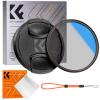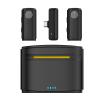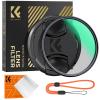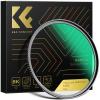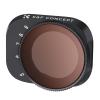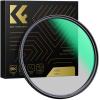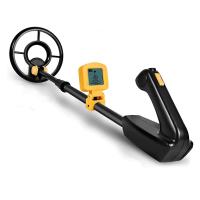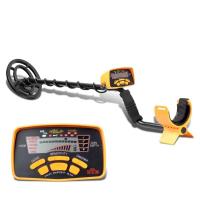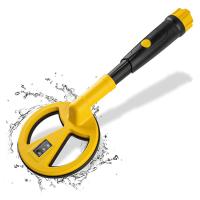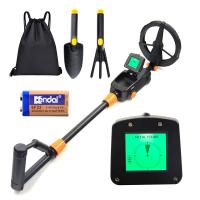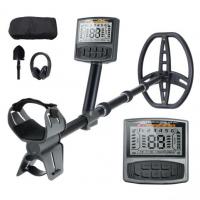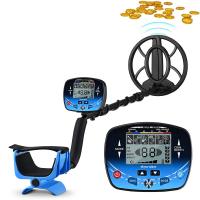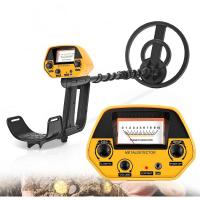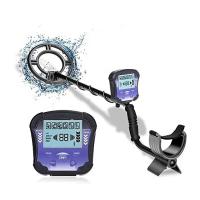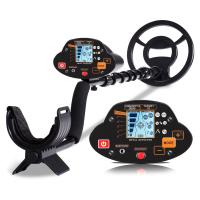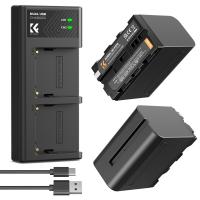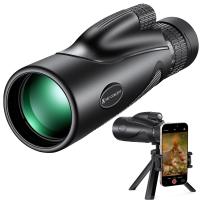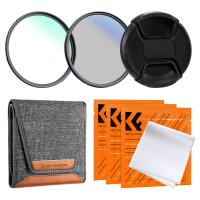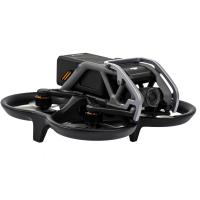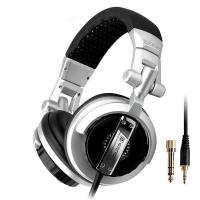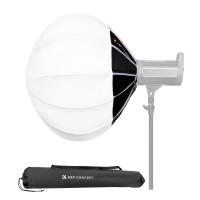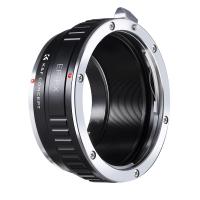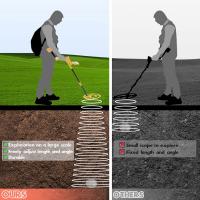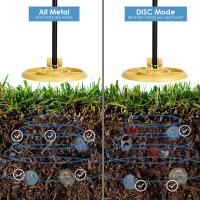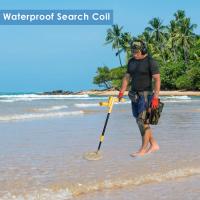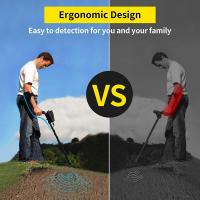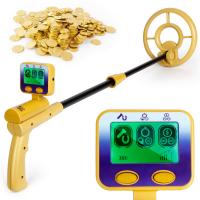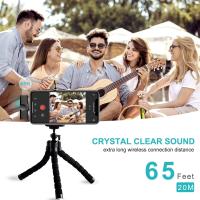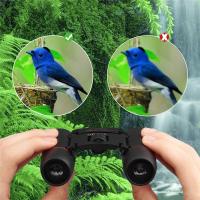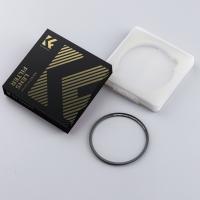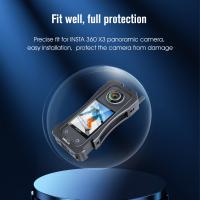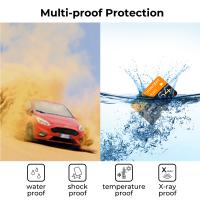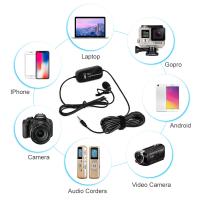How Do You Use A Metal Detector?
Using a metal detector can be an exciting and rewarding hobby, whether you're searching for lost treasures, historical artifacts, or simply enjoying the thrill of the hunt. However, to maximize your success and enjoyment, it's essential to understand how to use a metal detector effectively. This article will guide you through the process, from selecting the right equipment to mastering the techniques needed for successful metal detecting.
Choosing the Right Metal Detector
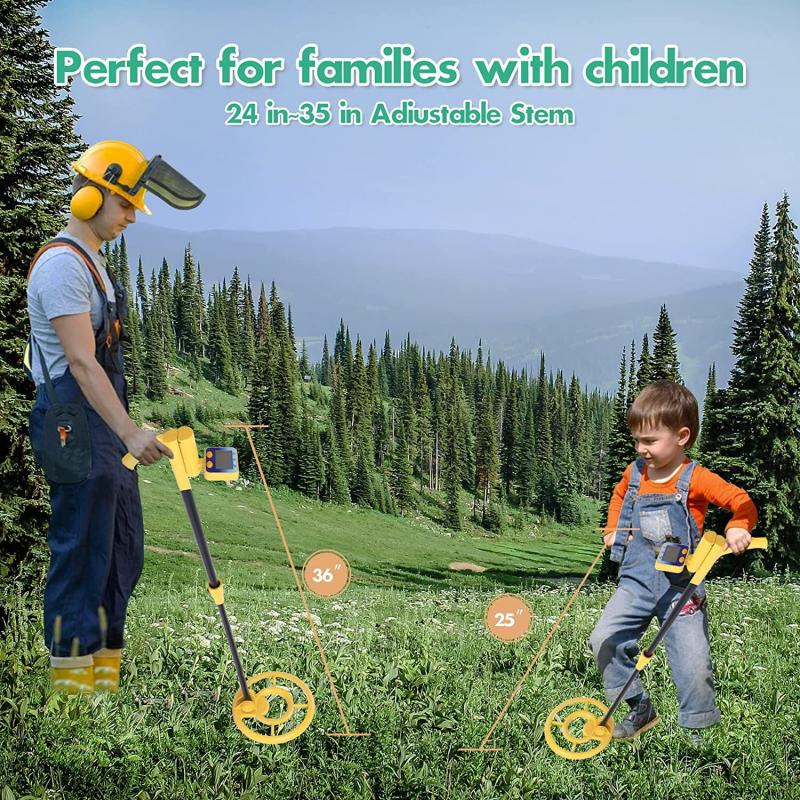
Before you can start metal detecting, you need to choose the right equipment. Metal detectors come in various types and price ranges, so it's important to select one that fits your needs and budget.
1. Types of Metal Detectors:
- VLF (Very Low Frequency): These are the most common and versatile detectors, suitable for beginners. They are effective for finding coins, jewelry, and relics.
- PI (Pulse Induction): These detectors are excellent for searching in highly mineralized soils and saltwater environments. They are often used for beach hunting and gold prospecting.
- Multi-Frequency: These detectors can operate on multiple frequencies simultaneously, providing greater depth and sensitivity. They are ideal for serious hobbyists and professionals.
2. Features to Consider:
- Discrimination: This feature allows you to filter out unwanted metals, such as iron, and focus on valuable targets.
- Ground Balance: This helps the detector adjust to different soil conditions, reducing false signals.
- Sensitivity: Higher sensitivity can detect smaller objects but may also increase false signals.
- Coil Size and Type: Larger coils cover more ground and detect deeper targets, while smaller coils are better for pinpointing and working in tight spaces.
Preparing for Your Metal Detecting Adventure
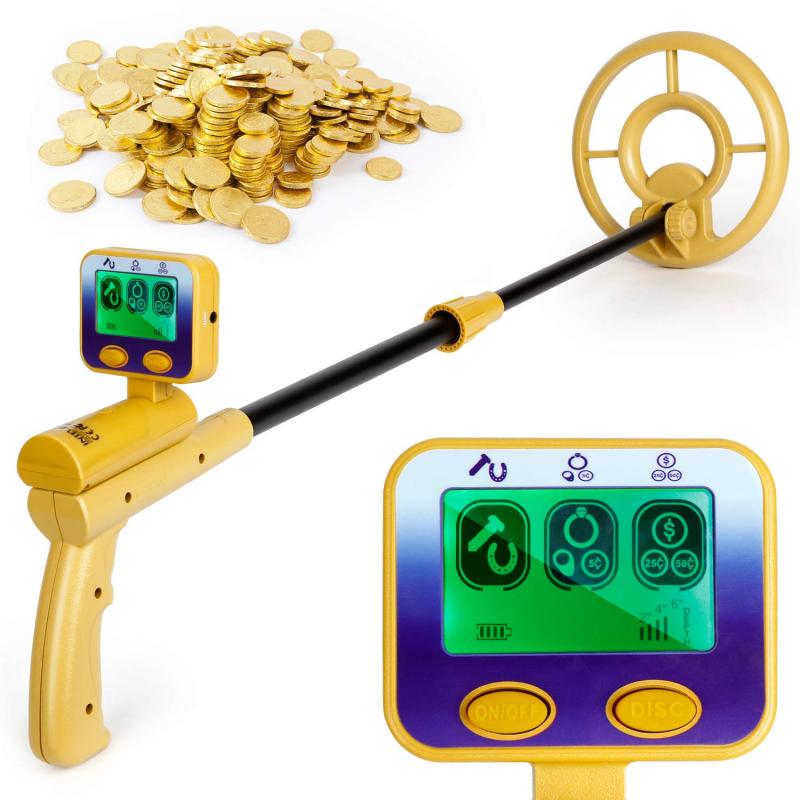
Once you have your metal detector, it's time to prepare for your treasure hunt. Proper preparation can make a significant difference in your success rate.
1. Research Your Location:
- Historical Sites: Research local history to find areas where people have gathered in the past, such as old parks, battlefields, and homesteads.
- Beaches and Parks: These are popular spots for metal detecting due to the high foot traffic and potential for lost items.
- Permissions: Always seek permission before detecting on private property or restricted areas. Some public lands may also require permits.
2. Gather Necessary Gear:
- Digging Tools: A sturdy digging tool, such as a trowel or small shovel, is essential for recovering targets.
- Pinpointer: This handheld device helps you locate the exact position of a target within the hole.
- Headphones: Using headphones can help you hear faint signals and reduce distractions.
- Pouch or Bag: A pouch for storing your finds and trash is useful for keeping your hands free and the environment clean.
Learning to Use Your Metal Detector
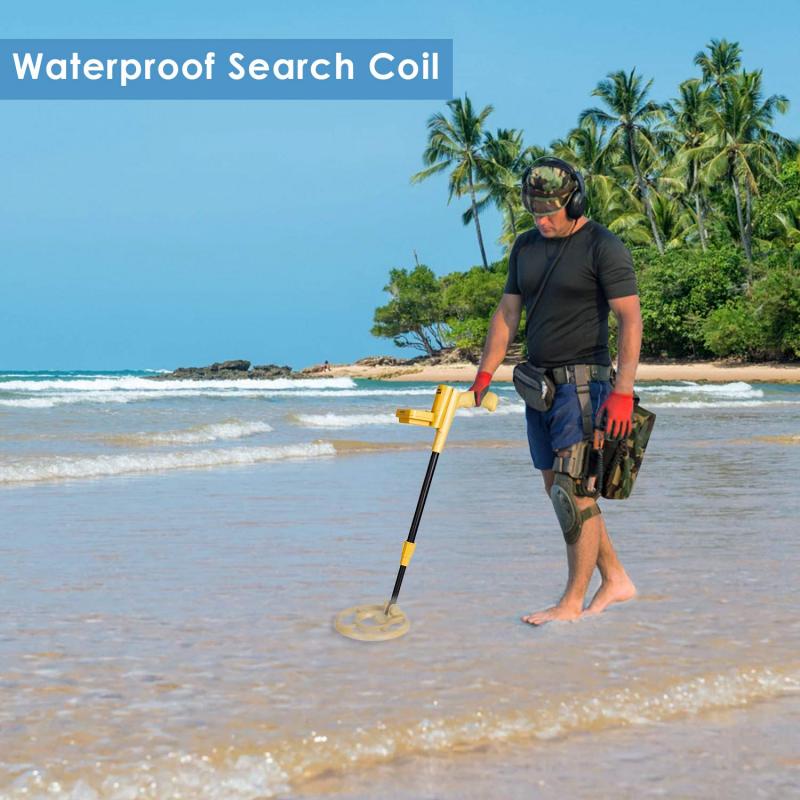
Understanding how to operate your metal detector is crucial for a successful hunt. Here are the basic steps to get you started:
1. Assembly and Setup:
- Follow the manufacturer's instructions to assemble your metal detector.
- Adjust the shaft length so that the coil is about an inch above the ground when you hold the detector comfortably.
2. Basic Operation:
- Power On: Turn on the detector and allow it to calibrate.
- Ground Balance: Adjust the ground balance setting according to the soil conditions. This will help reduce false signals caused by mineralization.
- Sensitivity and Discrimination: Set the sensitivity to a level where you can detect small objects without too many false signals. Adjust the discrimination to filter out unwanted metals.
3. Swinging the Detector:
- Proper Technique: Hold the detector so that the coil is parallel to the ground and swing it in a slow, steady motion from side to side.
- Overlap Swings: Overlap each swing by about half the coil's width to ensure you cover the ground thoroughly.
- Maintain Coil Height: Keep the coil close to the ground without touching it to maximize depth and sensitivity.
Identifying and Recovering Targets
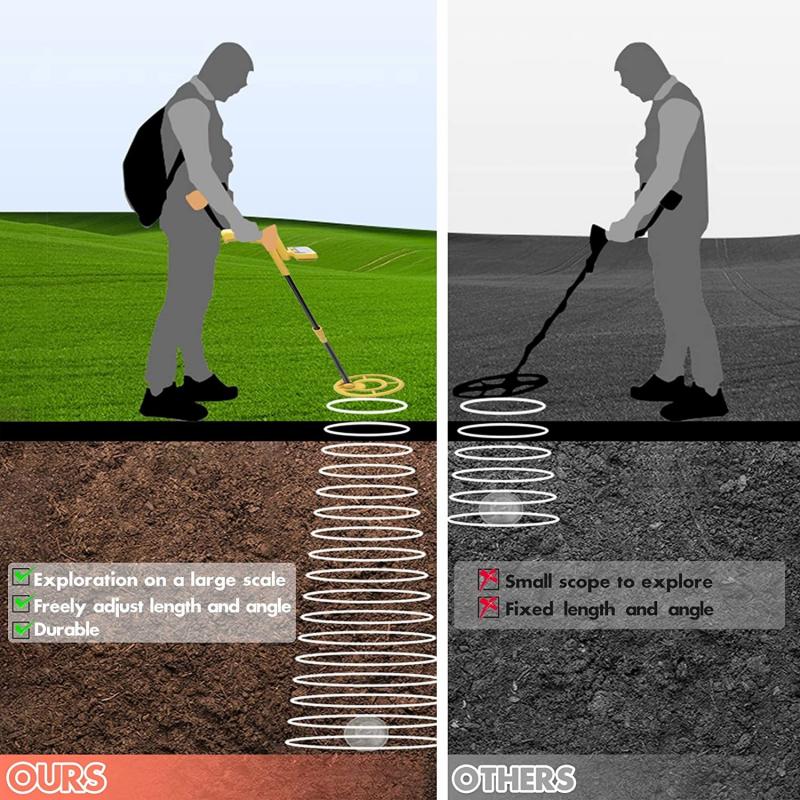
Once you start detecting, you'll need to identify and recover your targets. This process requires patience and practice.
1. Interpreting Signals:
- Audio Tones: Different metals produce different tones. Learn to recognize the tones associated with valuable targets.
- Visual Display: Many detectors have a visual display that indicates the type of metal and depth of the target.
2. Pinpointing:
- X-ing the Target: Once you get a signal, move the coil in an "X" pattern over the target to pinpoint its location.
- Use a Pinpointer: A handheld pinpointer can help you locate the exact position of the target within the hole.
3. Digging and Recovery:
- Cut a Plug: Use your digging tool to cut a plug of soil around the target area. Be careful not to damage the target.
- Extract the Target: Remove the plug and use your pinpointer to locate the target within the hole or plug.
- Fill the Hole: After recovering the target, fill the hole and replace the plug to leave the area as you found it.
Tips for Successful Metal Detecting
To increase your chances of finding valuable items, consider these additional tips:
1. Be Patient and Persistent: Metal detecting requires patience and persistence. Not every outing will yield valuable finds, but consistent effort will pay off over time.
2. Learn from Others: Join metal detecting clubs or online forums to learn from experienced detectorists. They can offer valuable tips and advice.
3. Keep Records: Maintain a log of your finds, including the location and date. This can help you identify productive areas and track your progress.
4. Respect the Environment: Always follow the "leave no trace" principle. Fill in your holes, dispose of trash properly, and respect wildlife and natural habitats.
5. Stay Safe: Be aware of your surroundings and any potential hazards. Carry a first aid kit and let someone know where you are going.
Using a metal detector can be a fun and rewarding hobby, but it requires knowledge, practice, and patience. By choosing the right equipment, preparing properly, and mastering the techniques outlined in this article, you'll be well on your way to uncovering hidden treasures. Remember to respect the environment and local regulations, and most importantly, enjoy the thrill of the hunt. Happy detecting!

